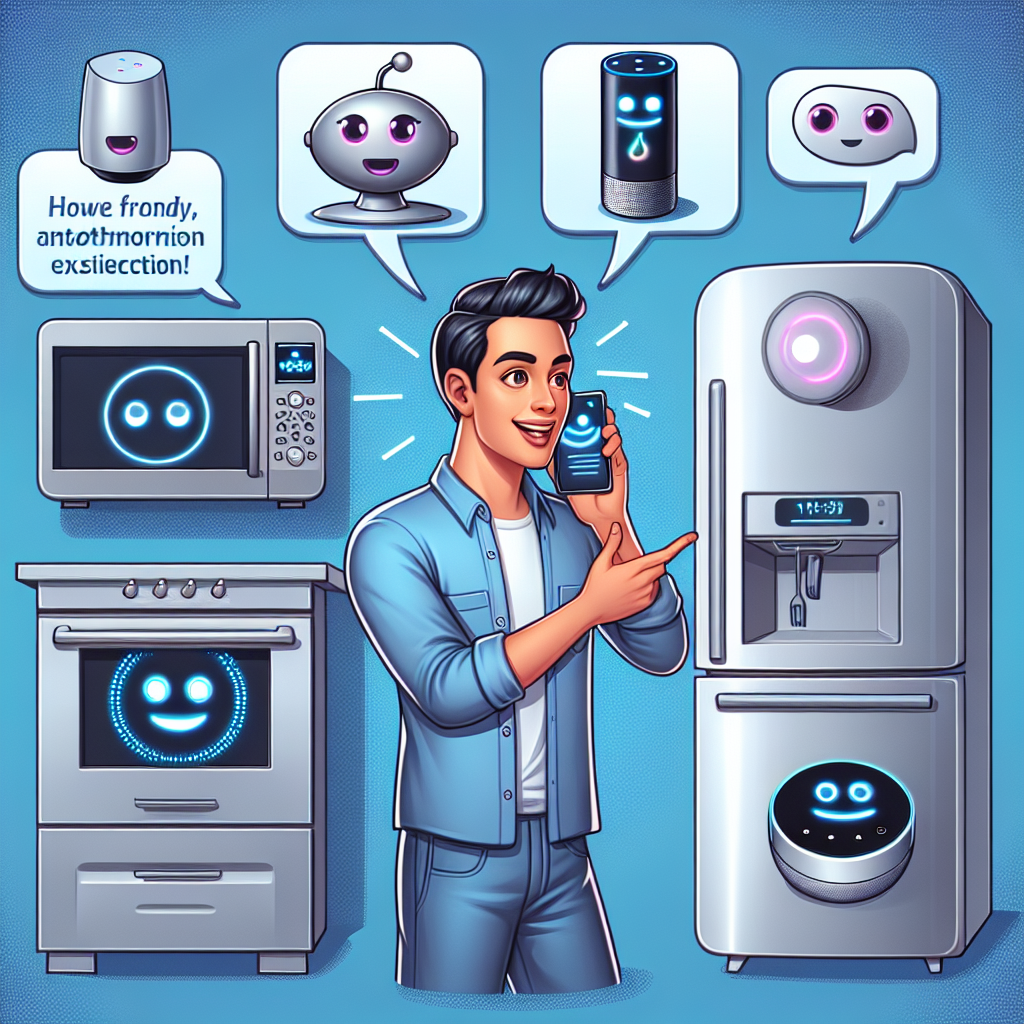Picture this: you’re a small business owner with big dreams, or maybe you’re a developer with coding chops that could make Silicon Valley jealous. You’ve invested in an AI SaaS platform that promised to revolutionize your workflow—but now it’s gasping for breath like a goldfish flopping on the carpet. Sound familiar? Welcome to the technological equivalent of trying to stuff your entire winter wardrobe into a carry-on suitcase!
As your business grows, that once-nimble AI solution starts creaking under pressure. Every new feature request, every additional user, every spike in traffic—it’s like trying to invite more guests to a party where the room is already packed wall-to-wall and the chips are running low. Even the most tech-savvy among us can find ourselves scratching our heads, wondering if our AI tools are having an existential crisis.
Let’s be honest: keeping up with technological demands today feels like being on a treadmill that keeps getting faster while someone occasionally throws obstacles at your feet. Your AI SaaS platform was meant to be your digital superhero, yet it’s reaching its breaking point faster than a stressed-out parent on a road trip with sugar-hyped toddlers.
The truth is, many AI platforms weren’t built with true scalability in mind—they’re the technological equivalent of those expandable suitcases that only expand so much before the zipper gives up the ghost. And for small businesses and individual entrepreneurs trying to compete in today’s market, this limitation isn’t just frustrating—it’s potentially business-ending. After all, in the world of AI applications and workflow automation, If you can’t scale, you can’t sail.
Technical Challenges of AI SaaS Platforms
Let’s dive into the technical abyss—but don’t worry, I’ve packed a flashlight and some jokes to keep things light!
The technical hurdles of scalability are about as fun as a root canal performed by an enthusiastic amateur, but they’re crucial to understand. First up: performance bottlenecks. These are the digital equivalent of trying to pour a gallon of water through a coffee straw—things back up, users grow cranky, and your once-zippy platform moves with the speed and grace of a sloth on vacation.
Database management? That’s like juggling flaming swords while riding a unicycle on a tightrope. One wrong move and things get very exciting very quickly—and not in a good way. As your AI SaaS platform grows, your database transforms from a neat little filing cabinet into a monstrous library with books flying off shelves, pages scattering everywhere, and the librarian having a complete meltdown.
“But wait,” you say, “I thought my system was supposed to handle more users!” Ah yes, the classic integration woes. Trying to connect your existing systems with new AI capabilities often resembles attempting to force puzzle pieces from different sets together—sure, you can make them fit with enough hammering, but the resulting picture looks like abstract art created by a toddler with fingerpaints.
Resource management hiccups are particularly delightful. Your AI platform happily chugs along until suddenly—WHAM!—a traffic spike hits and your server resources evaporate faster than ice cream on a hot sidewalk. Your customizable AI digital workers suddenly start behaving like they’ve had too much coffee, frantically trying to process requests while your system gasps for computational breath.
Let’s not forget our unseen bodyguards: security and compliance. These stern-faced bouncers of the digital world are absolutely essential, but they don’t make scaling any easier. Each new feature, each new integration, each new user brings fresh security challenges. It’s akin to building a house while simultaneously installing an ever-complex security system and ensuring compliance with building codes that seem to change daily.
Balancing User-Friendly AI Tools with Technical Complexity
The true irony? All these technical challenges must be solved while maintaining a user-friendly experience. Your low-code platform needs to remain accessible to non-technical users who don’t care about the backend complexities—they simply want their AI tools to work seamlessly! It’s like explaining quantum physics to your grandparents while simultaneously baking a soufflé that mustn’t collapse.
This balancing act between technical robustness and user-friendliness is where most AI SaaS platforms meet their breaking point. Traditional platforms often force you to choose: powerful but complex, or simple but limited. It’s like being asked if you’d prefer shoes that look amazing but cause blisters, or comfortable footwear that looks like orthopedic nightmares.
Intelligent Collaboration and Workflow Automation
But what if your workflow automation solution could actually grow with you? What if your AI applications could scale without requiring a computer science degree and three development teams? This is where Zygote.AI’s philosophy of intelligent collaboration comes into play—creating systems that expand organically alongside your business, rather than fighting against growth like a toddler refusing vegetables.
The Future of AI Applications and Creation Platforms
Fast forward twenty years—picture a world where AI has evolved to handle virtually everything mundane in our lives. Your coffee maker not only brews your perfect cup but also orders beans when you’re running low, schedules its own maintenance, and probably writes better poetry than most humans. Goodbye paperwork, hello permanent vacation! Okay, maybe that’s a bit optimistic, but the trajectory is clear: AI is revolutionizing workflows at breakneck speed.
While we wait for this utopian future (or hide from our new robot overlords—jury’s still out), there’s a more immediate solution to your breaking-point AI platform woes. The reality is that true scalability isn’t just about handling more users or data—it’s about empowering actual creation.
At Zygote.AI, we’re not just building another soon-to-break AI SaaS platform; we’re crafting the ultimate AI SaaS creation platform where your imagination sets the only limits. Our philosophy is refreshingly simple: everyone deserves the power to turn their brilliant ideas into reality without fighting code like it’s an angry octopus. Whether you’re a solopreneur with big dreams or a small team with ambitious goals, our low-code platform puts AI agent technology in your hands without requiring a PhD in computer science.
Think about it—what could you achieve if your customizable AI digital workers actually worked for you instead of creating more problems than they solve? Our users are already automating entire workflows that previously required human intervention at every step. “Since implementing Zygote’s platform,” one small business owner told us, “what used to take my team three days now happens automatically while we sleep. It’s like having digital employees who never need coffee breaks!”
The statistics speak for themselves: businesses using intelligent workflow automation solutions see productivity increases averaging 40% in the first year alone. But numbers only tell part of the story—the real magic happens when you witness your first fully automated workflow running smoothly from start to finish without you lifting a finger.
The open market we’re building goes beyond just creating tools for personal use. Imagine a vibrant ecosystem where users share and sell their AI products, creating a perpetual innovation engine. It’s like an App Store for AI workflows, where today’s problems become tomorrow’s ready-made solutions. A developer recently made more selling their custom AI workflow templates than from their day job—this isn’t just theory; it’s happening now.
So as we stand at this technological crossroads, ask yourself: Are you content to keep patching your breaking AI platform, or are you ready to join the revolution that’s making creation accessible to all? The future belongs to those who can harness AI to work for them rather than struggling to keep up with it.
With Zygote.AI leading the charge, fully automated workflows aren’t some distant sci-fi fantasy—they’re your competitive advantage starting today. After all, in a world where AI can write articles, generate illustrations, and even promote content without human intervention, The question isn’t whether you’ll adapt to this brave new world, but how quickly.
So go ahead—dare to imagine a workspace where mundane tasks vanish into the digital ether, and your creativity takes center stage. Your AI platform may have reached its breaking point, but with the right tools, you’re just getting started.









